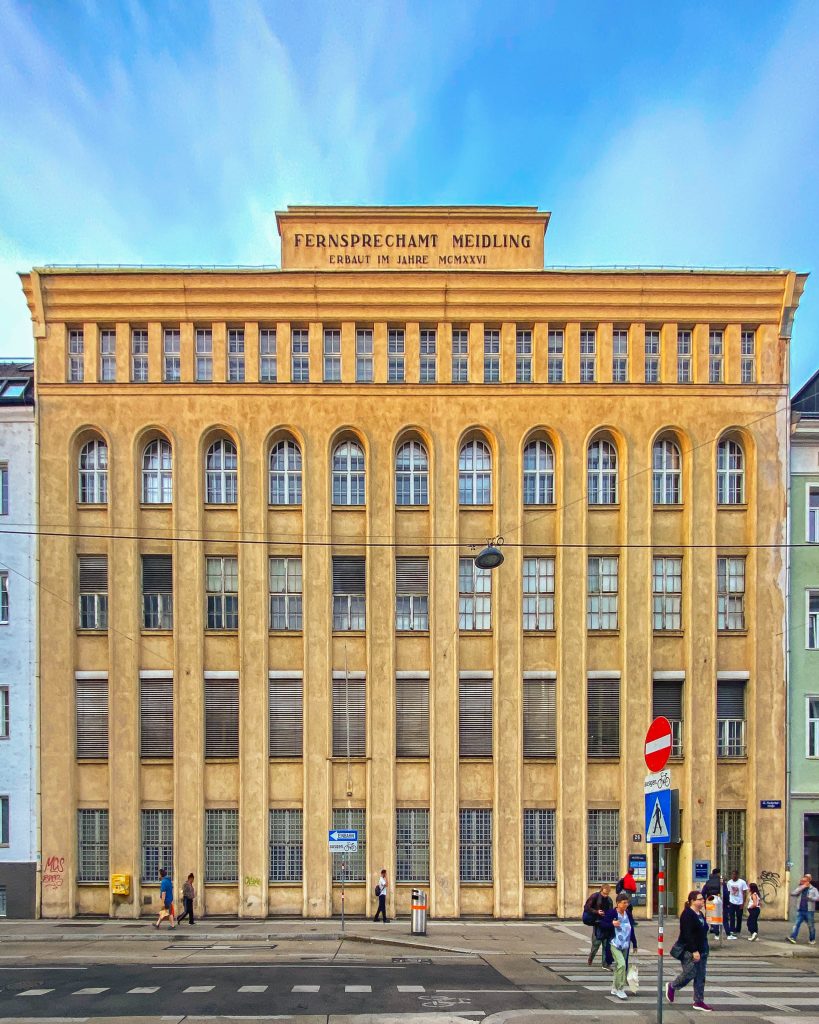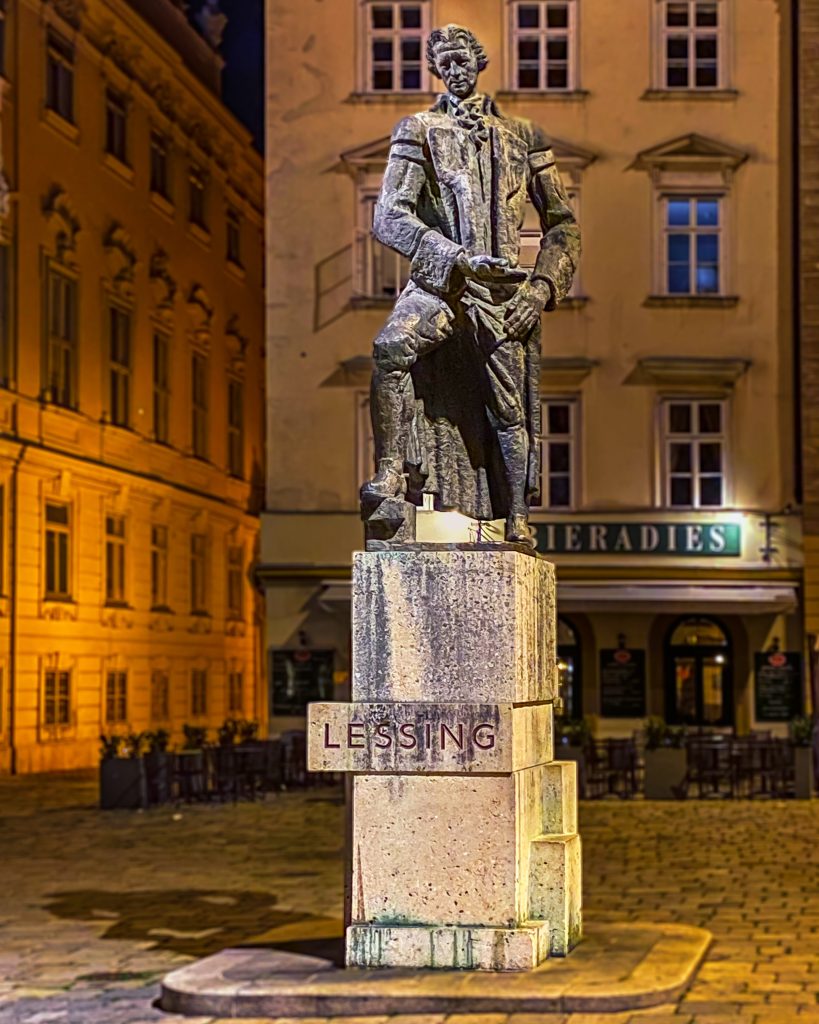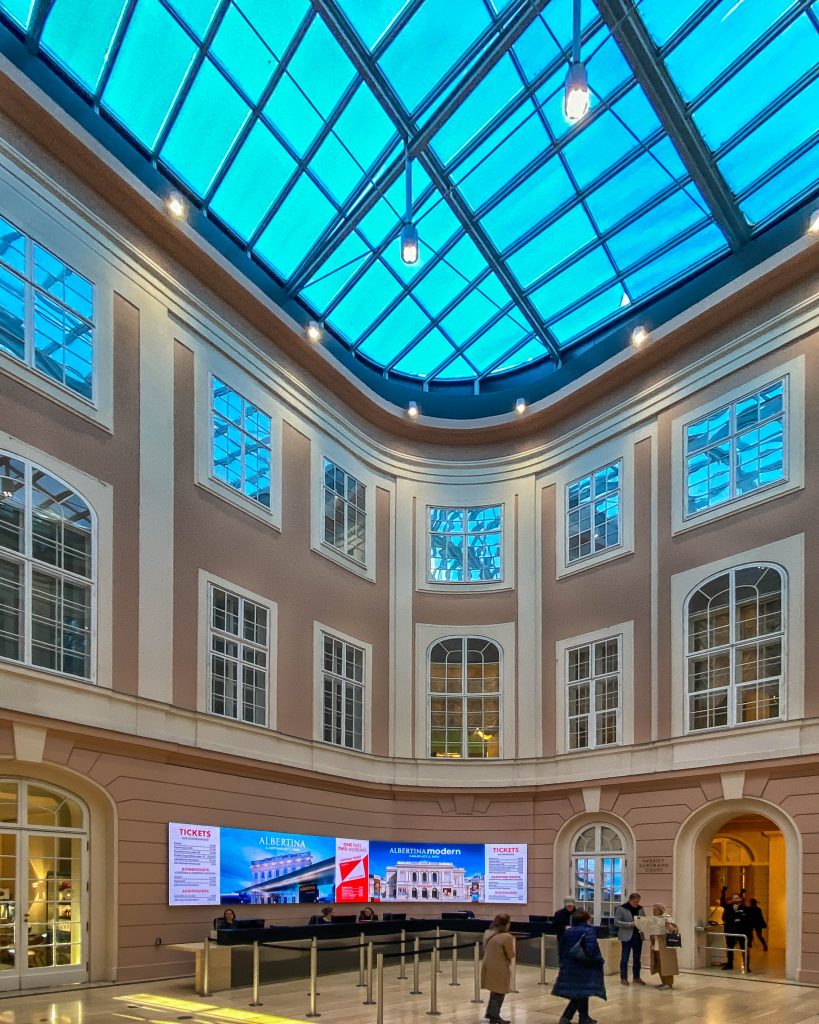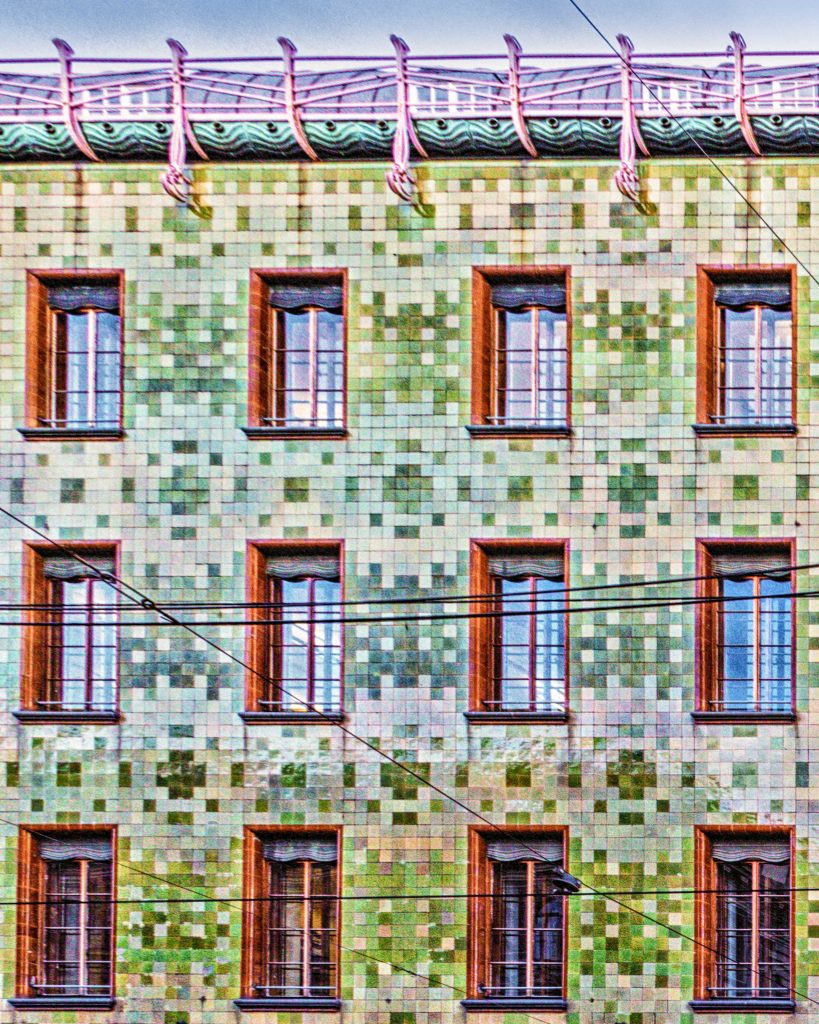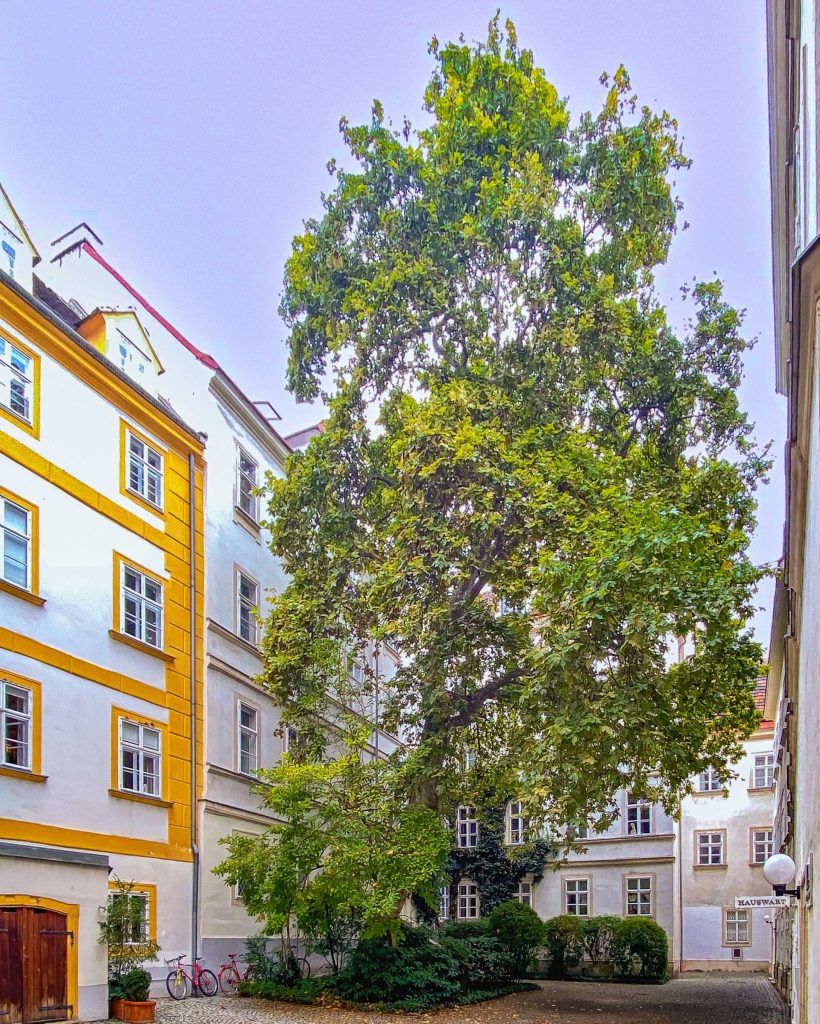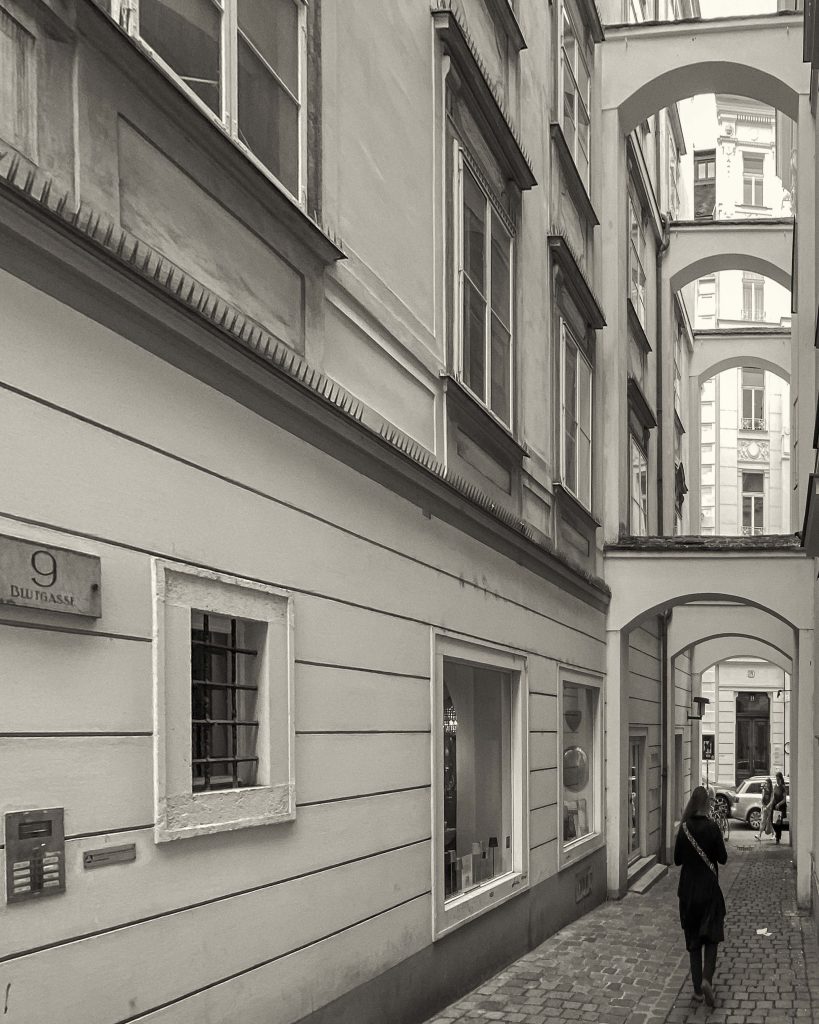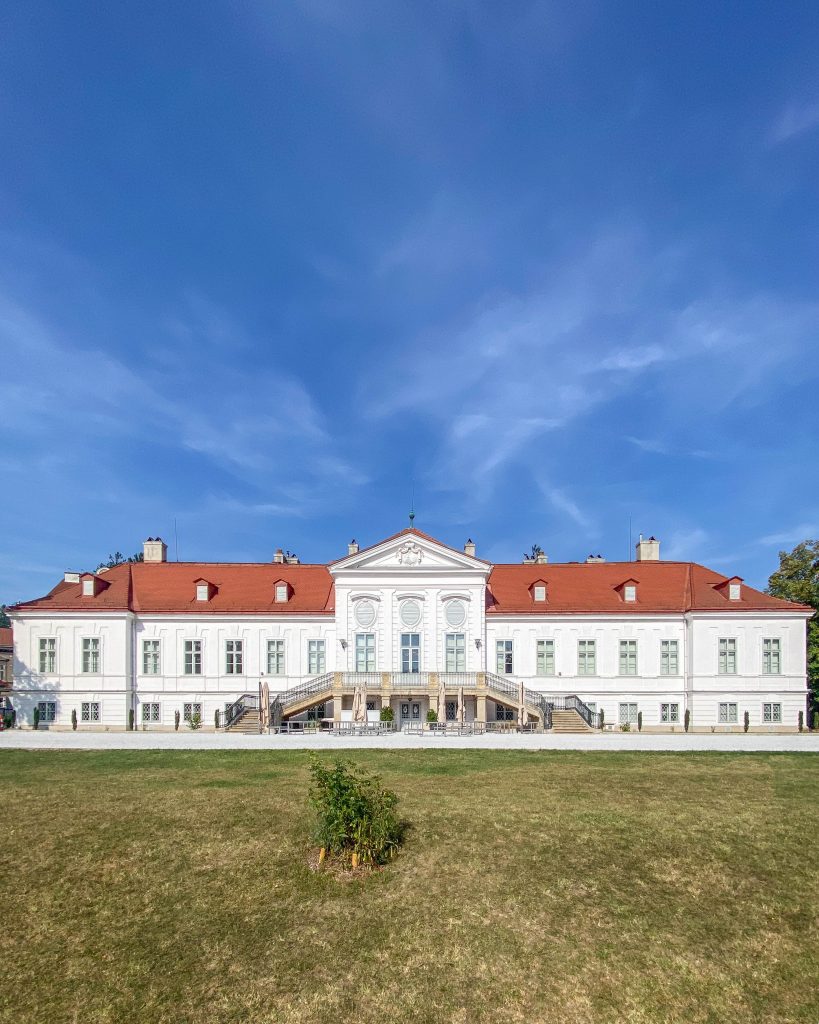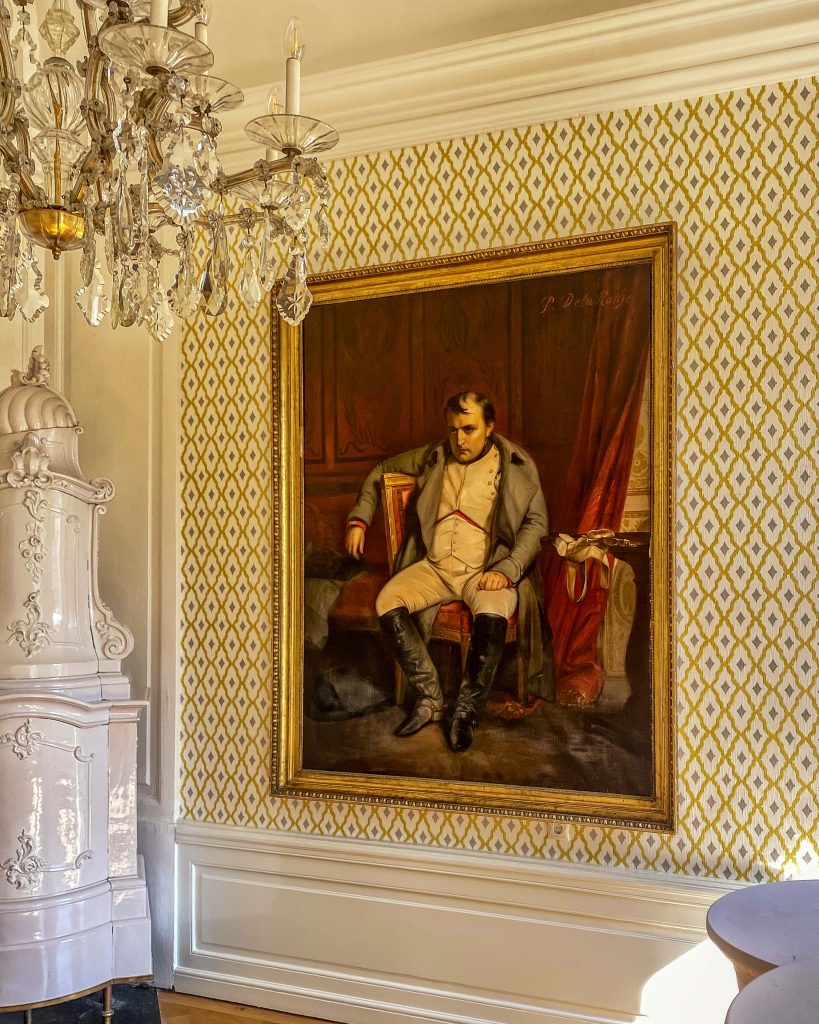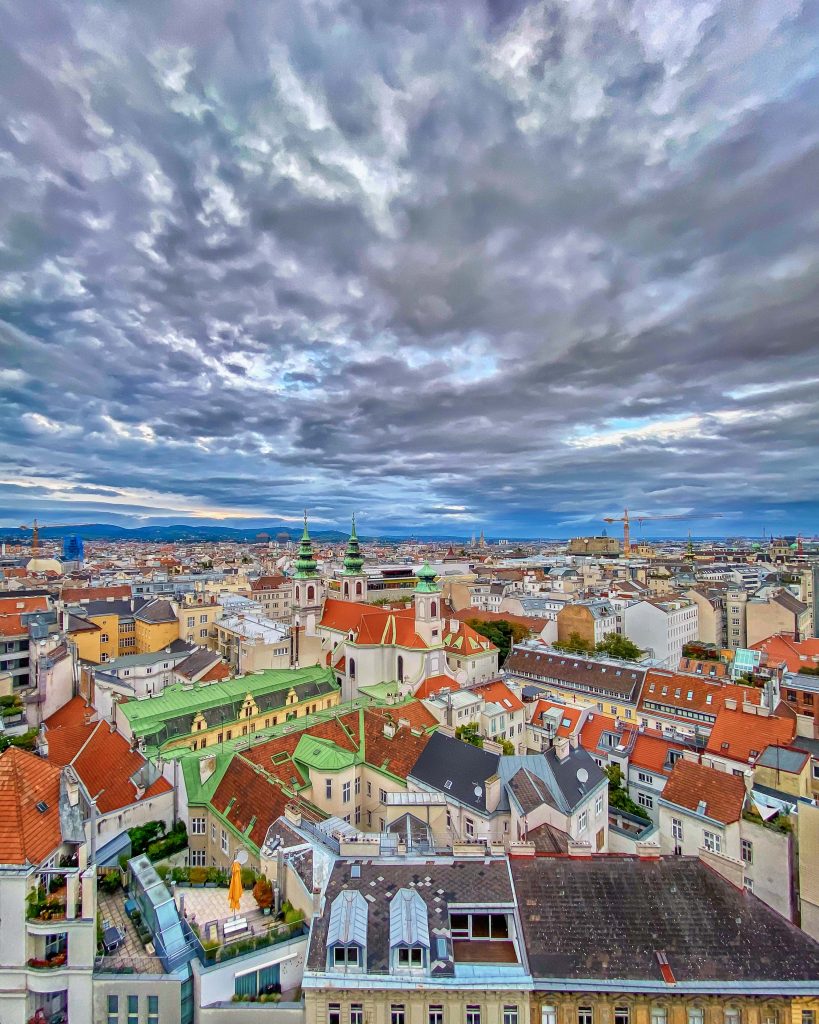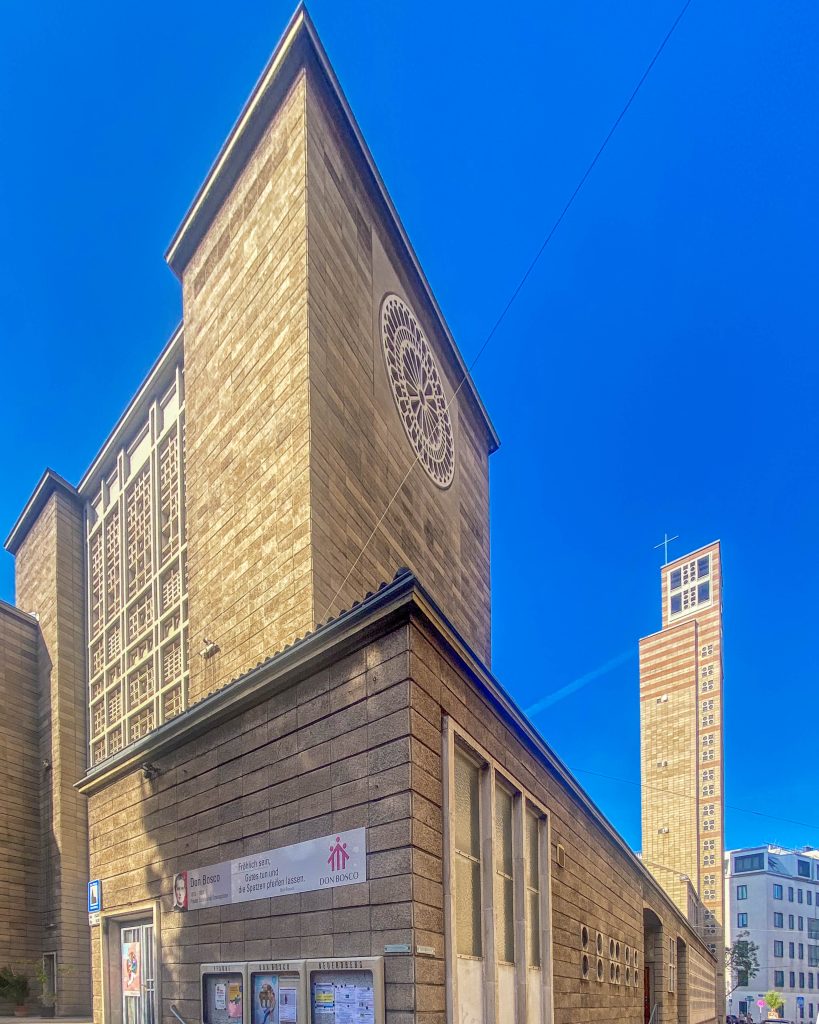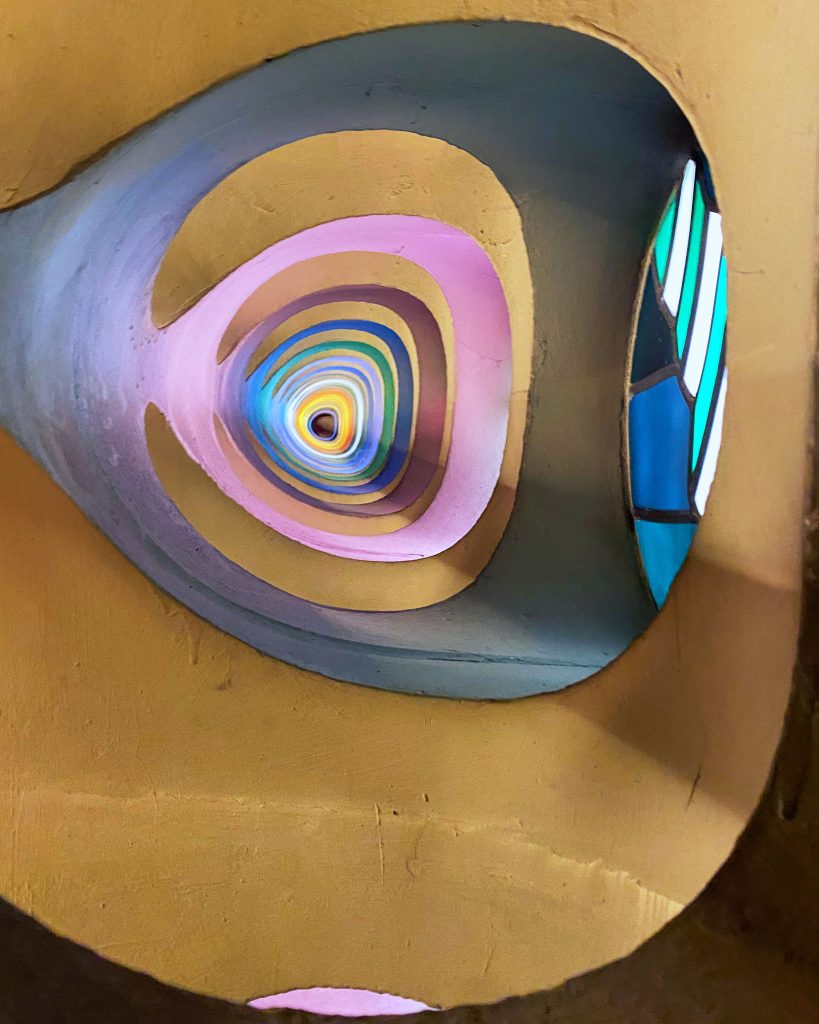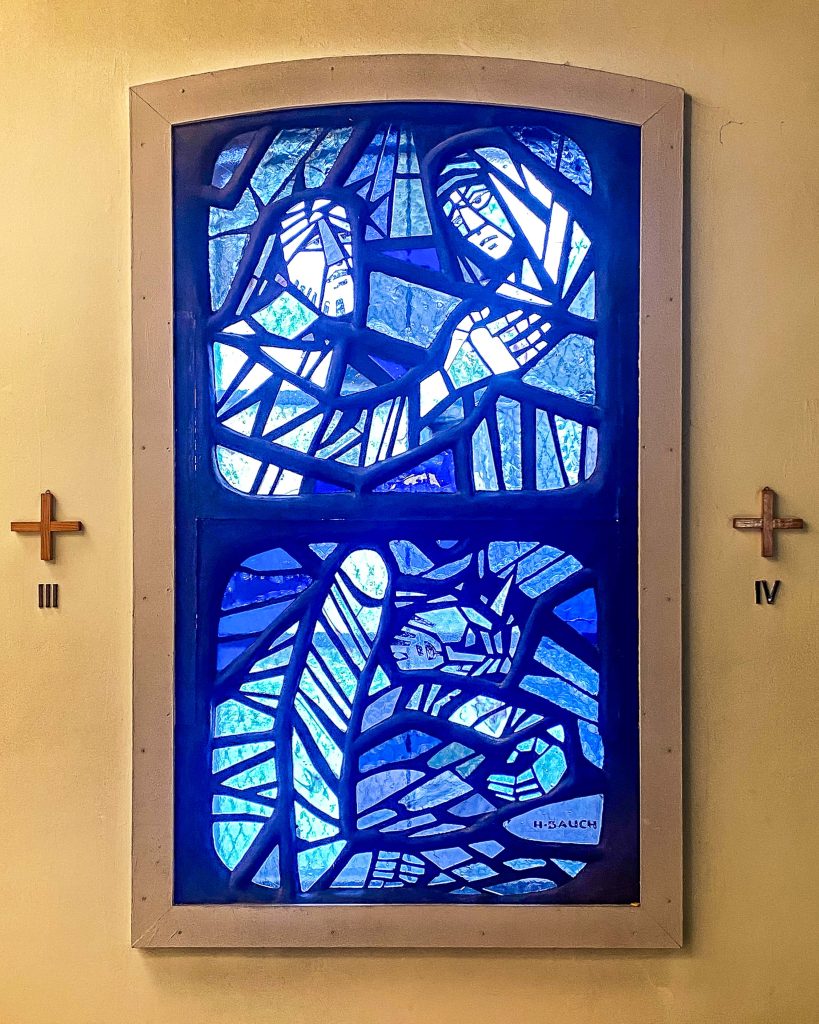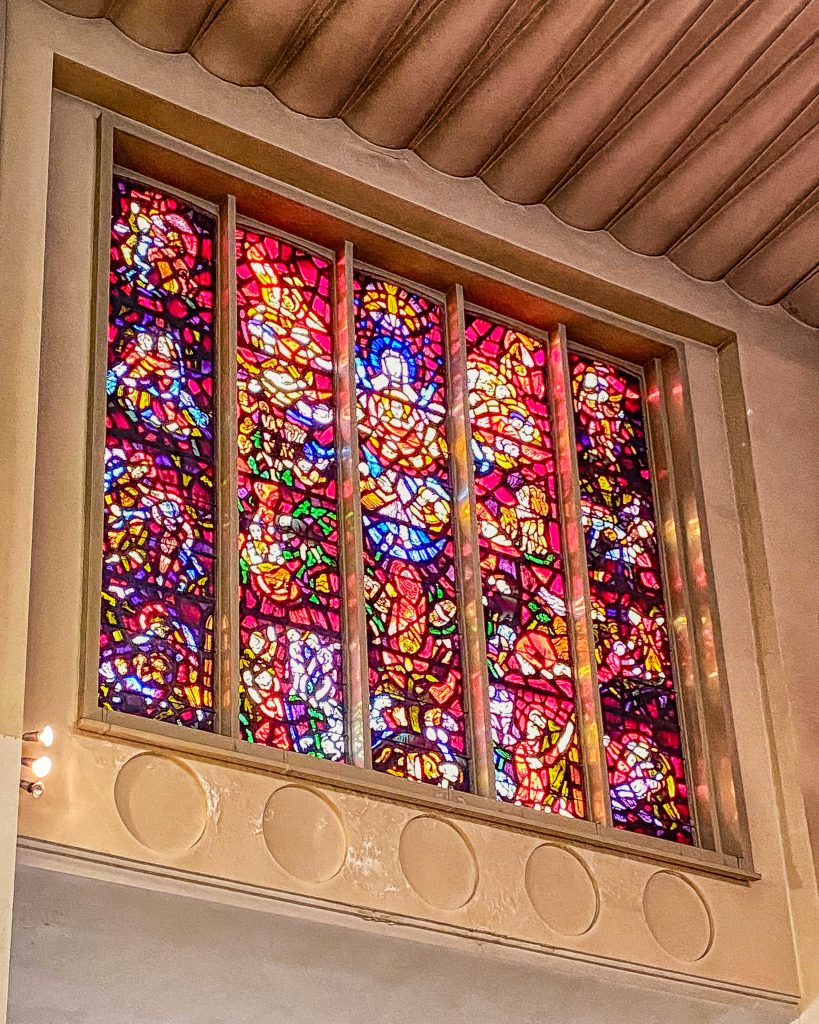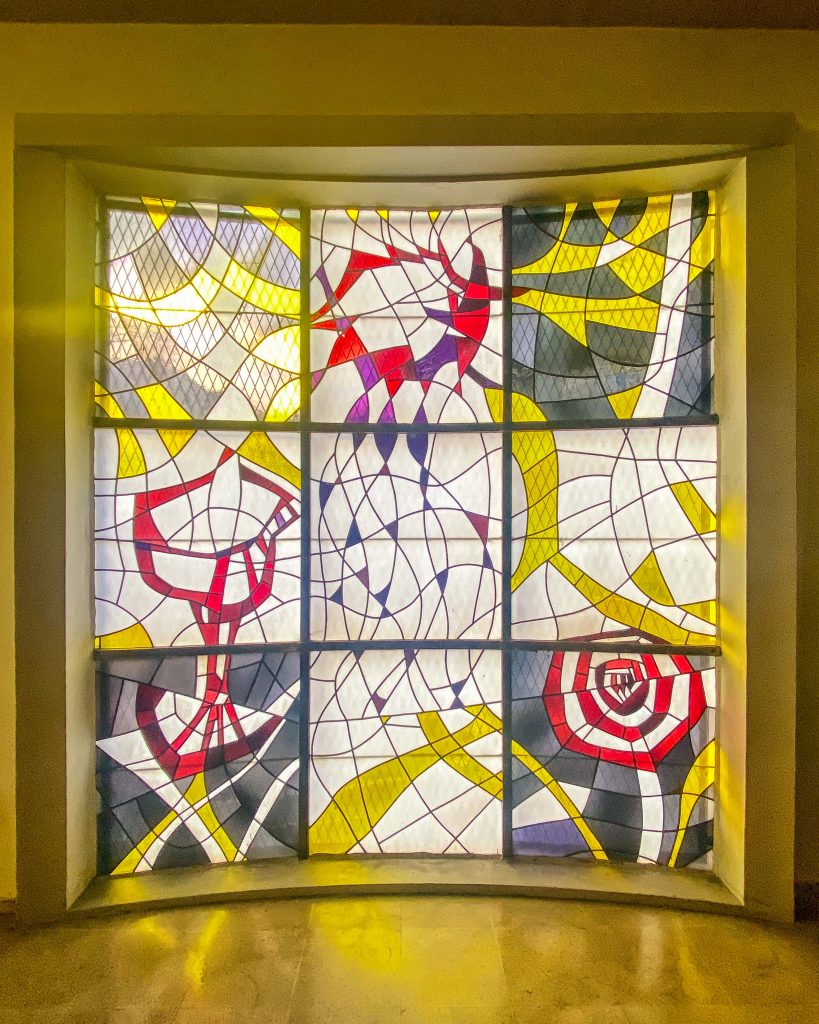Substation Favoriten
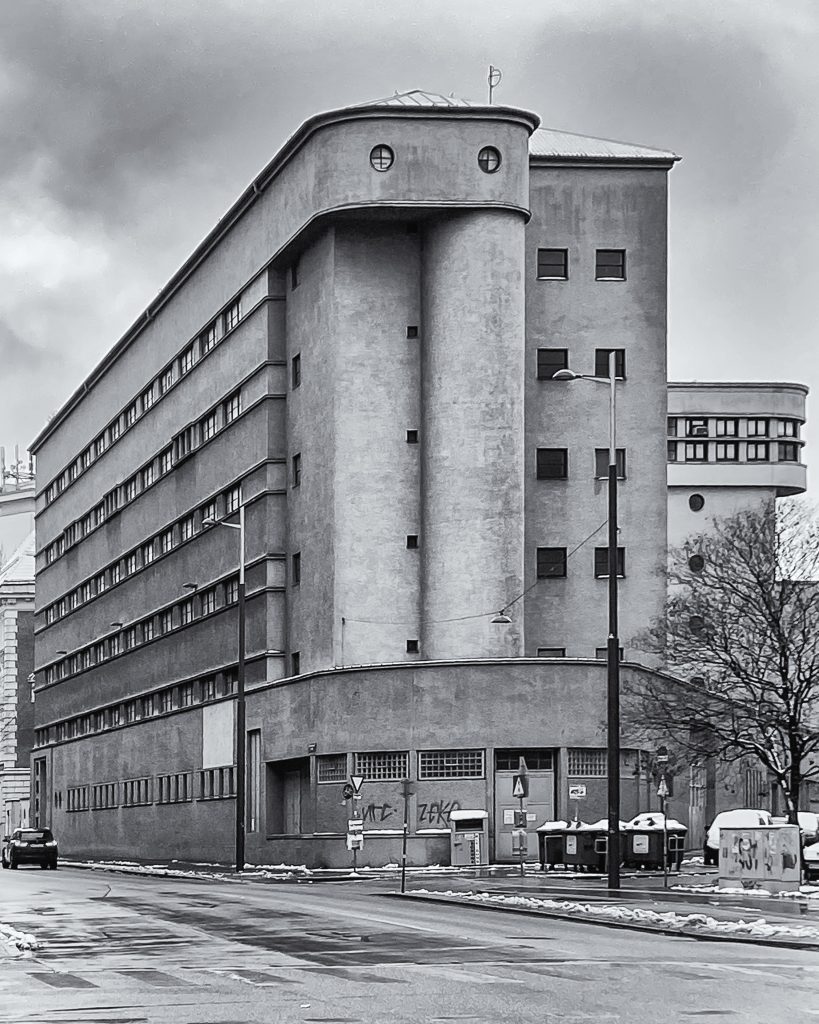
Located directly behind the main railway station in the 10th district, the Favoriten substation from 1931 is a monumental functional building of the municipal electricity works in red Vienna, probably influenced by the constructivist industrial architecture of the Soviet October Revolution.
The Austrian arch. Eugen Kastner and Fritz Waage grouped massive, rectangular and round structures on the triangular spandrel plot to form a ship-like building. The industrial building, which is still in operation, was also used as a control center for the power supply in the south of Vienna and beyond until it was renovated in 1999/2000.
Due to its gloomy and deserted appearance, the site is also often used as a prison setting in feature films.
#1100wien #favoriten #umspannwerk #roteswien #eugenkastner #fritzwaage #industriearchitektur #wienernetze #konstruktivismus
